The Medical University of South Carolina and Clemson University established joint Bioengineering Program
In 2003, the Medical University of South Carolina and Clemson University established a joint Bioengineering Program. Located on…
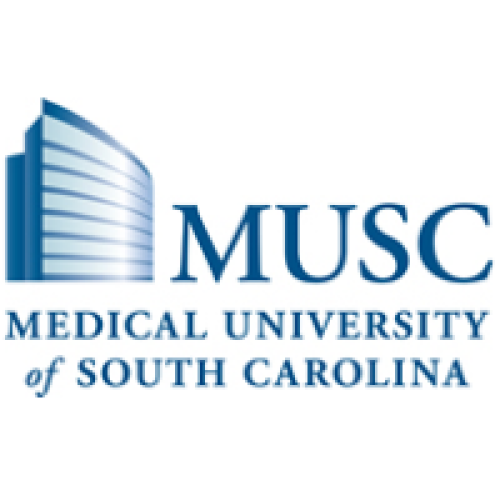
In 2003, the Medical University of South Carolina and Clemson University established a joint Bioengineering Program. Located on…

In 2003, Dr. William Hagopian at the Pacific Northwest Research Institute began Phase I of the hOKT3 study….
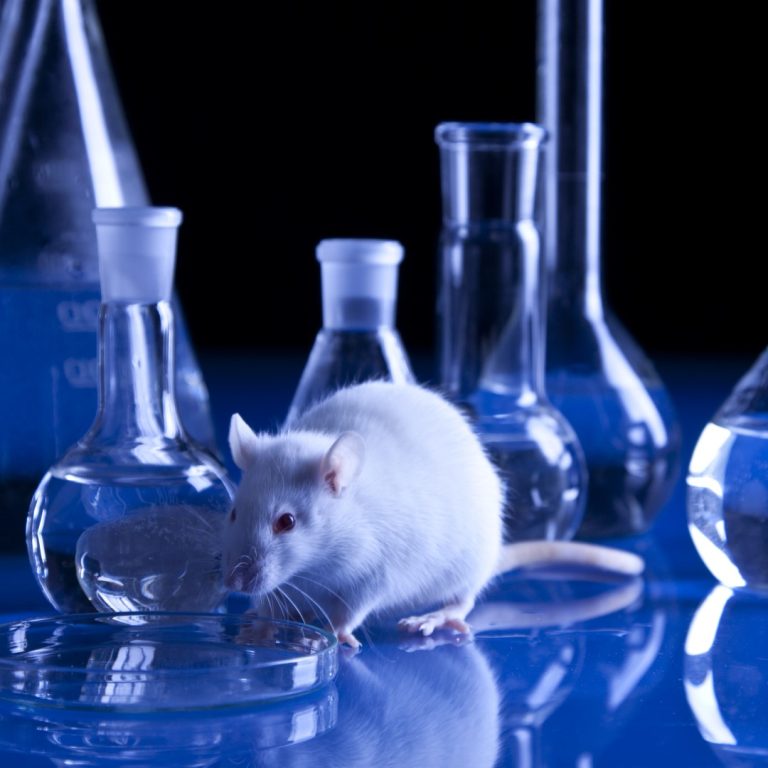
On Dec. 5, 2002, the international Mouse Genome Sequencing Consortium announced the publication of a high-quality draft sequence…
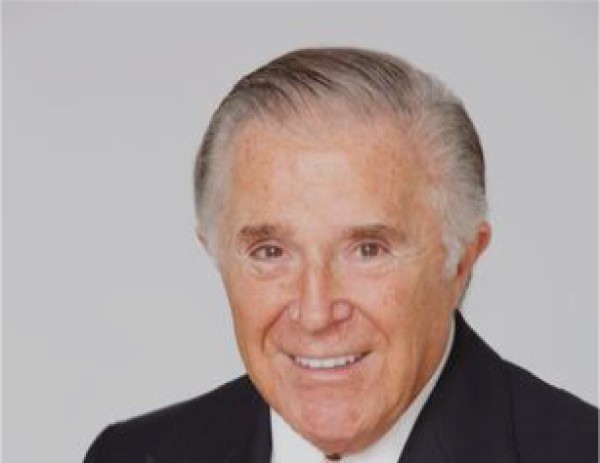
On Dec. 1, 202, Sidney Kimmel, founder and chairman of Jones Apparel Group, donated $150 million for cancer…

On Oct. 10, 2002, the Oregon Opportunity arrived as Oregon Health & Science University (OHSU) broke ground for…

In Sept. 2002, the Alberta Innovates Centre for Carbohydrate Science (now Alberta Glycomics Centre), began operation with a…
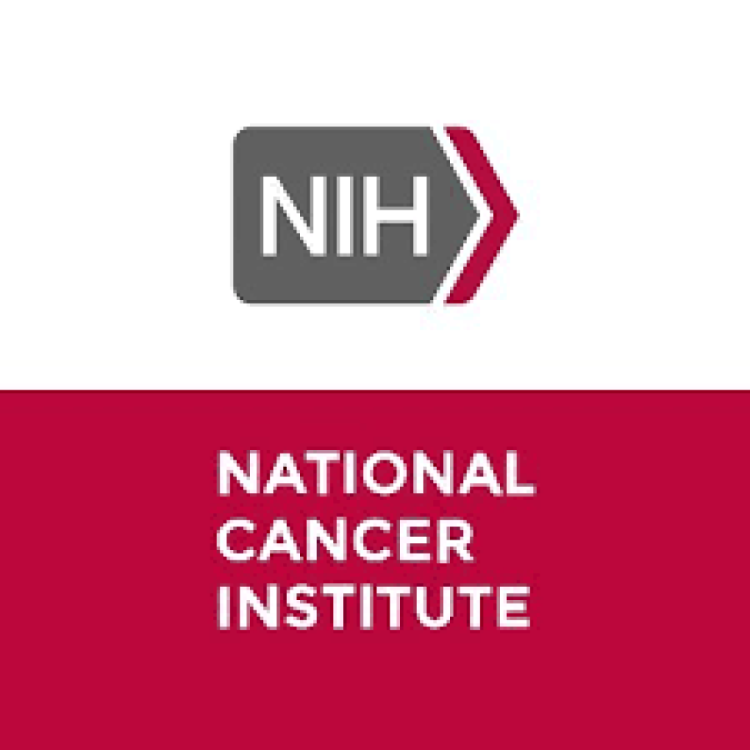
On Jul. 17, 2002, a National Cancer Institute funded trial showed that postmenopausal women who used estrogen replacement…

On Jul. 3, 2002, Dr. Julie Louise Gerberding, M.D., M.P.H., became the first woman Director of the U.S….
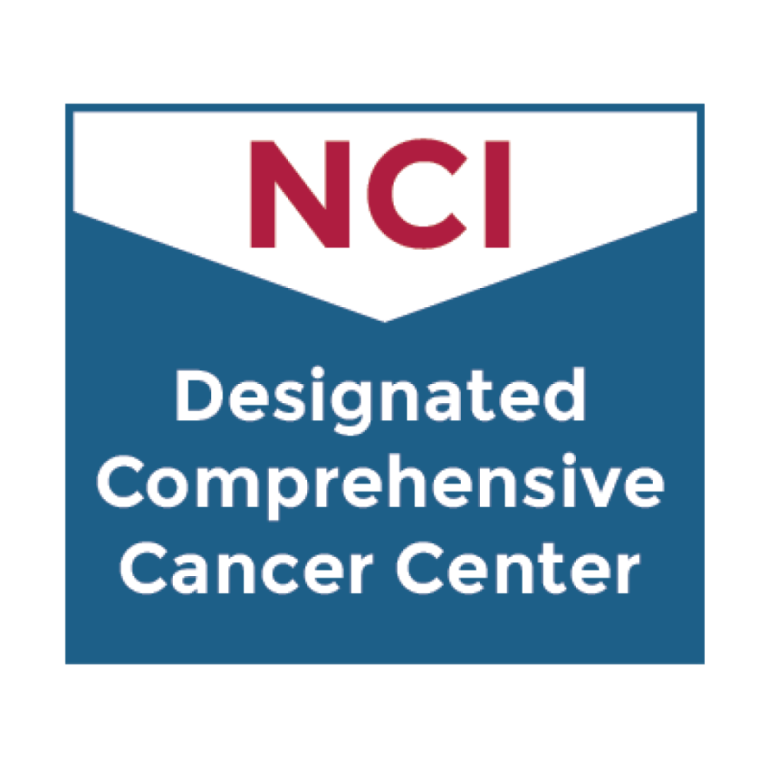
On Jul. 2, 2002, the University of California, Davis Comprehensive Cancer Center announced it had received National Cancer…
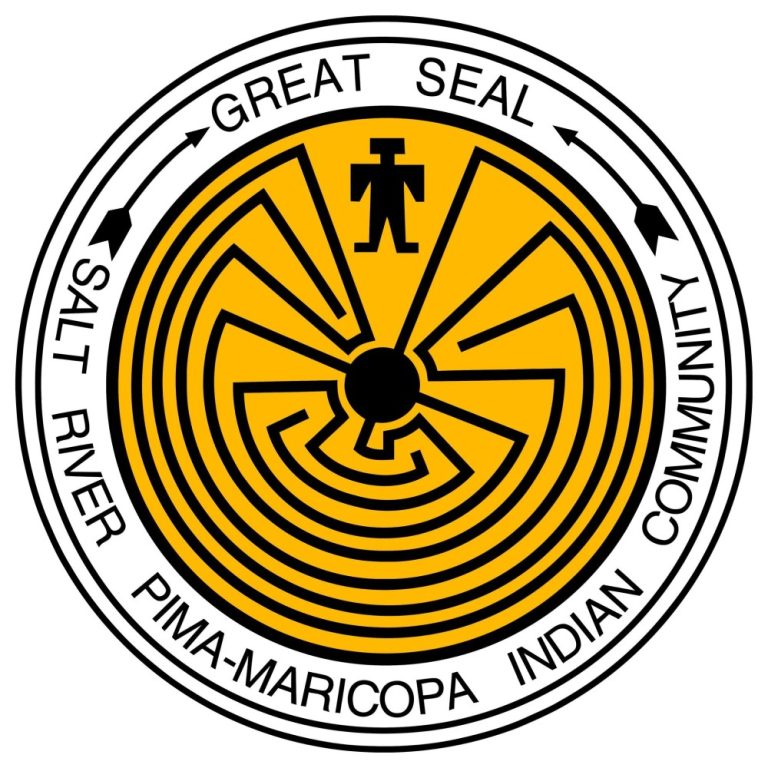
On Jun. 8, 2002, the Salt River Pima-Maricopa Indian Community pledged $5 million to the Translational Genomics Research…

In Jun. 2002, the Translational Genomics Research Institute (TGen), a non-profit 501(c)(3) organization focused on developing earlier diagnostics…

On May 14, 2002, the International Genomics Consortium (IGC) selected Phoenix for its headquarters. The mission of the…
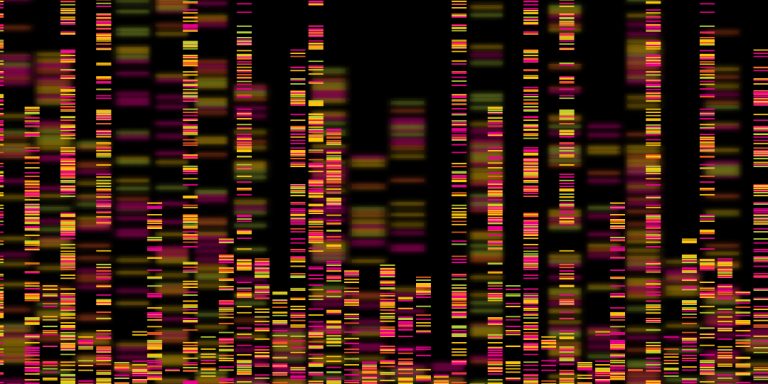
In May 2002, Governor Hull signed SB 1270 for $5 million over 10 years for genomic research. Later…

On Feb. 12, 2002, Pioneer Hi-Bred International made a gift to endow a faculty chair in maize breeding…

On Feb. 7, 2002, an assembly of more than fifty leaders and visionaries in science, medicine, government and…
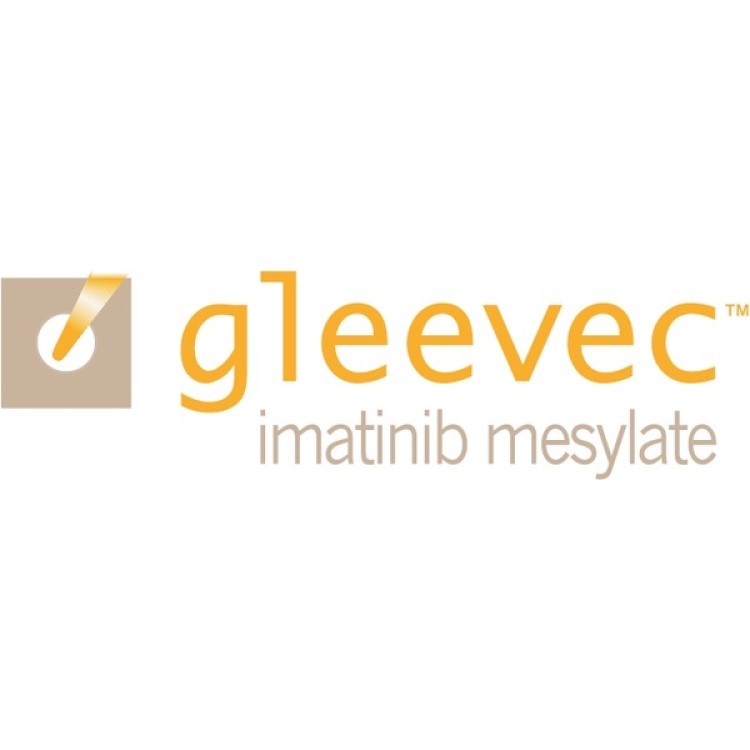
On Feb. 1, 2002, the U.S. Food and Drug Administration (FDA) approved the drug Gleevec, formerly known as…
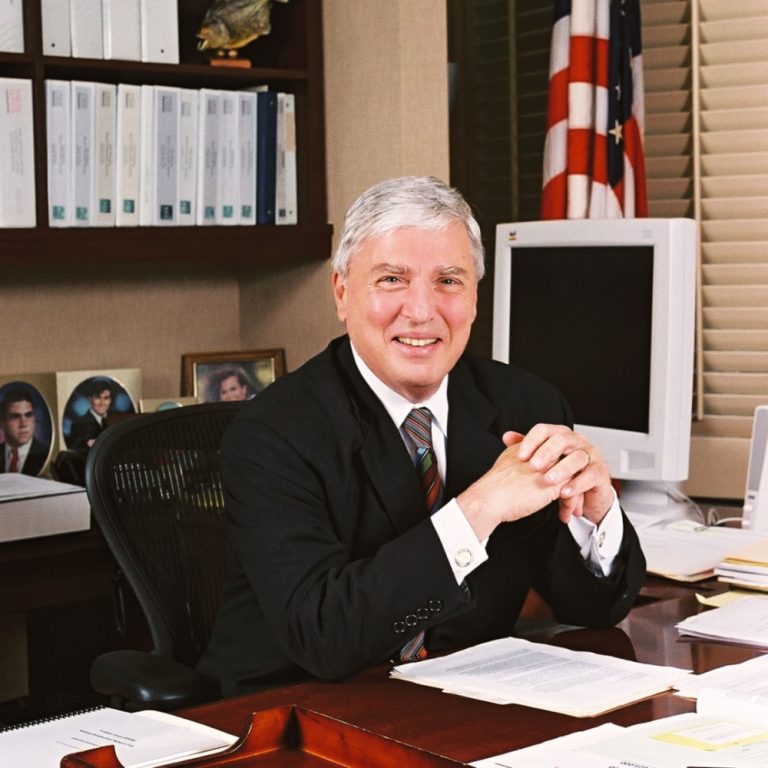
On Jan. 22, 2002, Dr. Andrew C. von Eschenbach became the twelfth director of the National Cancer Institute…

In 2002, the Center for Nanoscale Science and Engineering (CNSE) was established at North Dakota State University conducting…

In 2002, Stanford researchers became the first to use gene expression profiling to predict cancer outcomes. The research…

In 2002, the Nevada Cancer Institute (NVCI), founded in 2002 and located in Summerlin, was a non-profit organization…
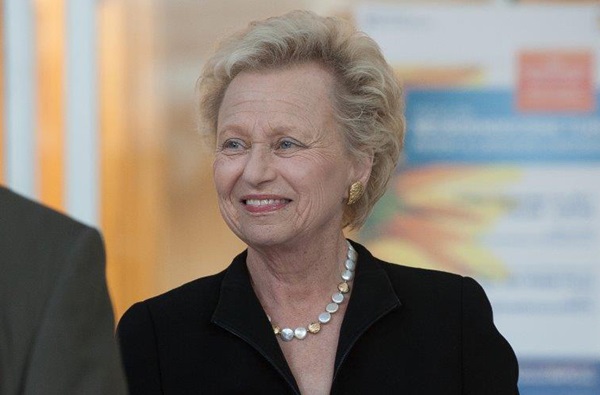
In 2002, the Penn Medicine’s Cancer Center was renamed the Abramson Cancer Center of the University of Pennsylvania…

In 2002, The Gateway Building opened at VCU Medical Center, a $39 million dollar structure, opened in March…

In 2002, The Red River Valley Research Corridor was established by U.S. Senator Byron Dorgan. The corridor is…

On Nov. 7, 2001, the Oregon Health Sciences University Foundation (OHSU) announced that the Klamath Falls-based JELD-WEN Foundation…

On Oct. 8, 2001, Dr. Leland ‘Lee’ Hartwell from Fred Hutchinson Cancer Research Center was awarded the Nobel…
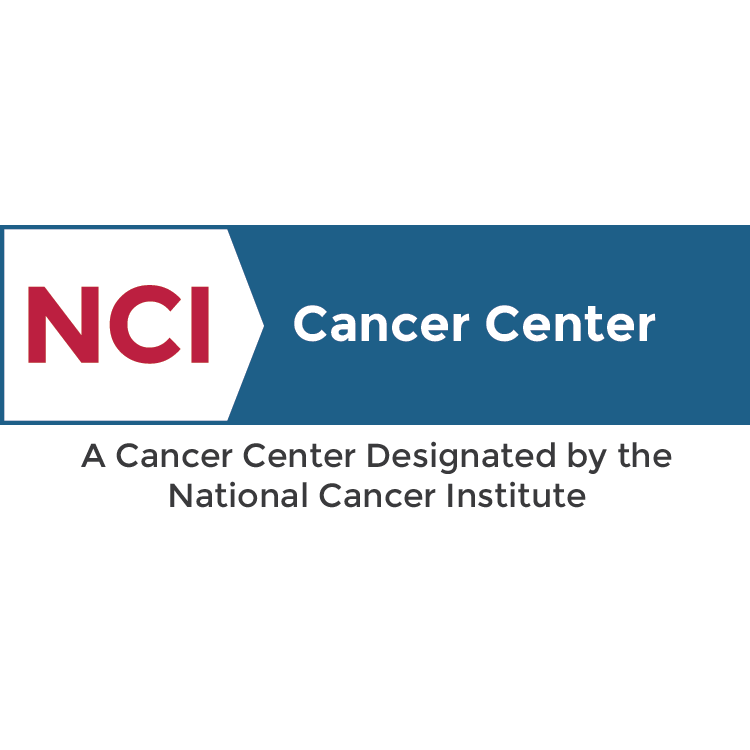
In August 2001, the Alvin J. Siteman Cancer Center was named an National Cancer Institute (NCI) -Designated Cancer…

On Jul. 24, 2001, the largest-ever prostate cancer prevention study was launched by the National Cancer Institute and…
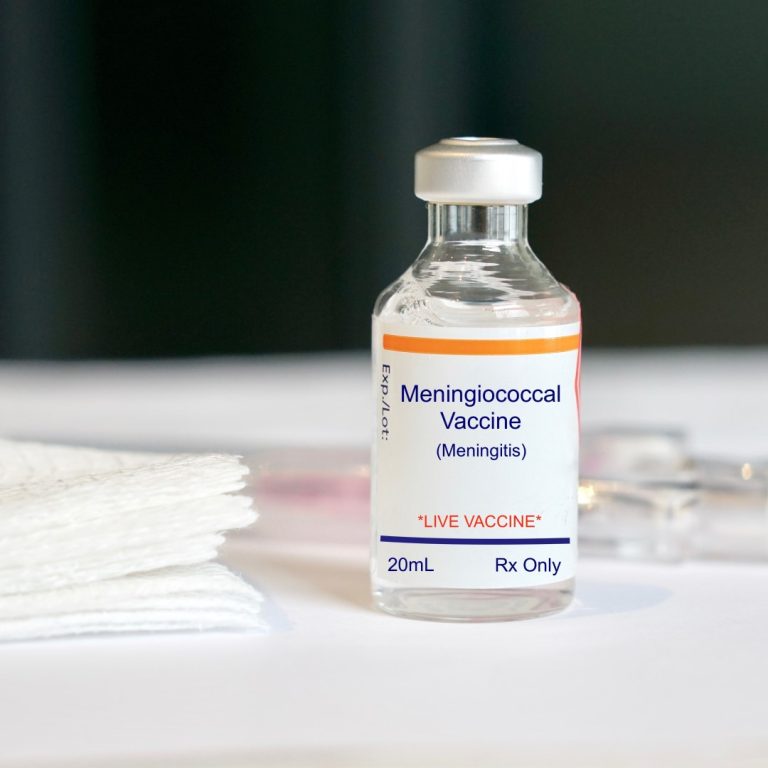
On May 29, 2001, the Bill & Melinda Gates Foundation announced today a global health grant of $70…
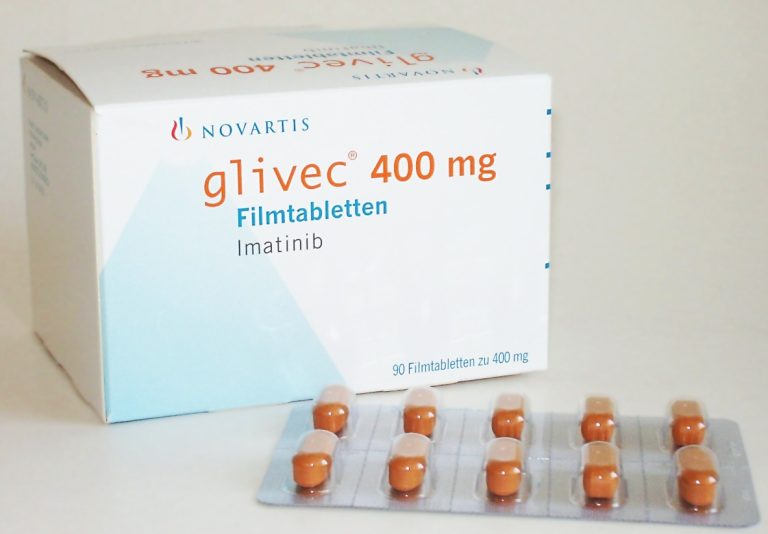
On May 10, 2001, the U.S. Food and Drug Administration (FDA) approved Gleevec, the world’s first targeted cancer…
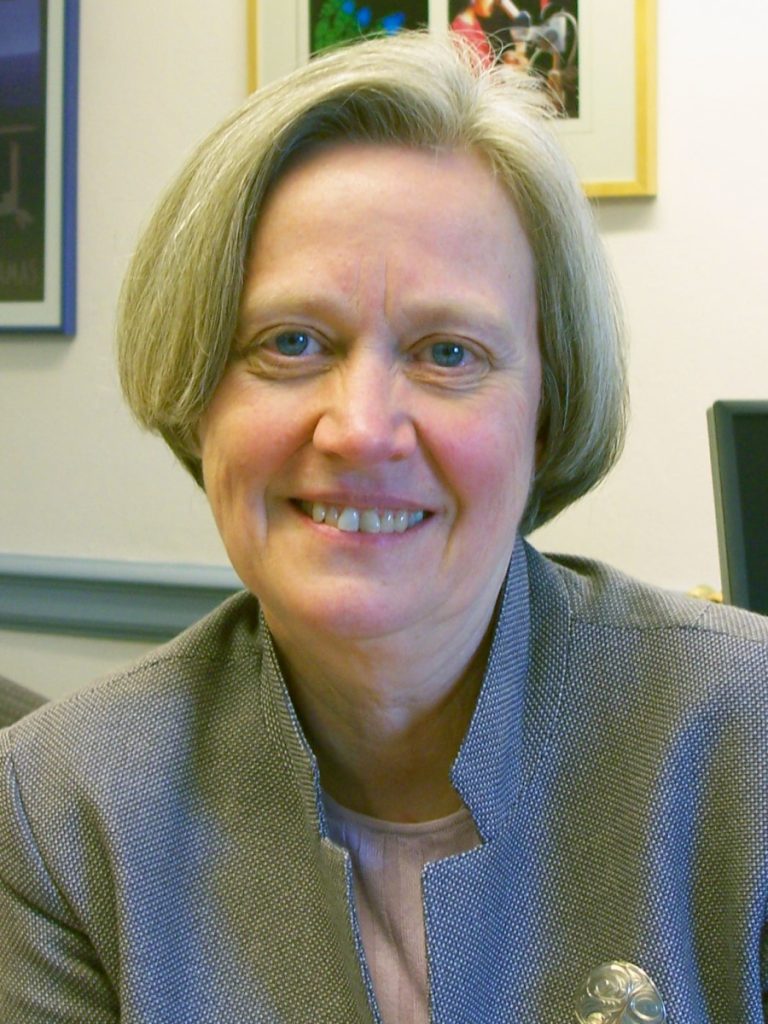
On May 5, 2001, molecular biologist Shirley M. Tilghman was elected the first woman president of Princeton University….